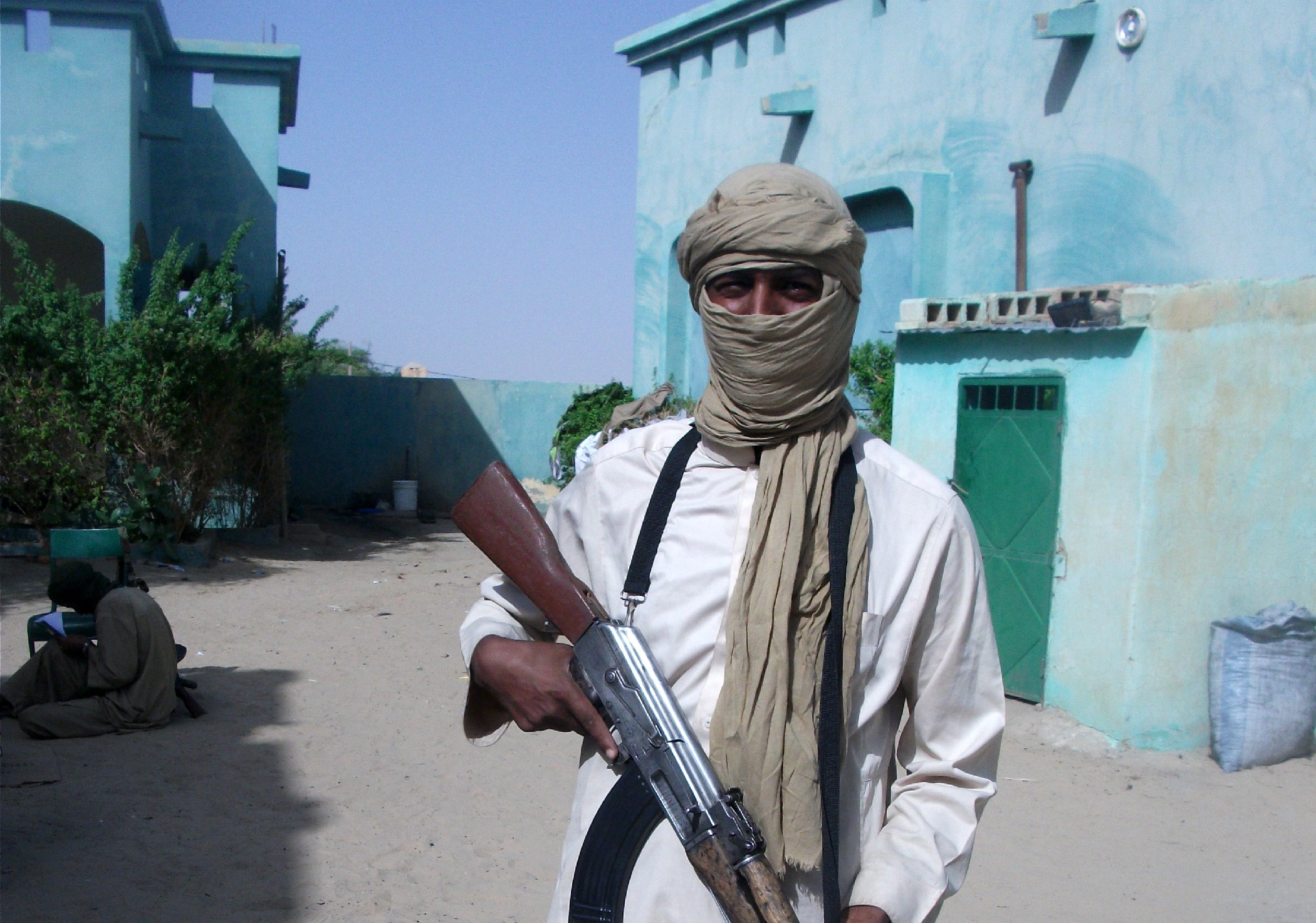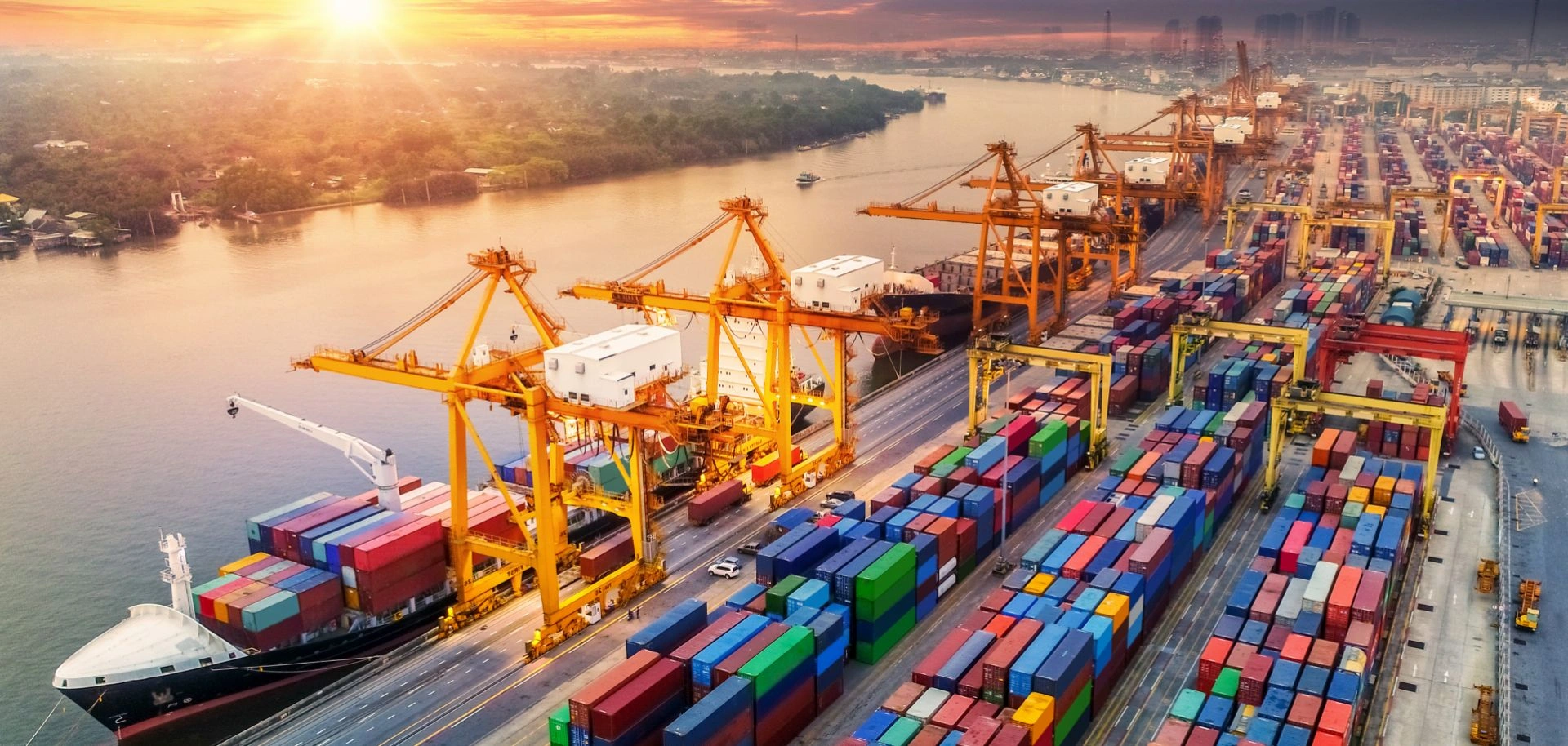A Policy Shift in the Maldives
Since the Maldives had left the shadowed umbrella of the British protectorate in 1965, the power vacuum of an elder was served by India. All the initial dealings and foreign policy dimensions were determined under the pursued “Indira doctrine”. From economic support to assistance during the insurgent coup on Moumoon Gayooun in 1988, India has always outrun all other regional actors when it comes to playing a role in the Maldives.
But after all these years of Indian prevalence, now we are seeing a clear drift of Maldivian policy from ‘India first’ to ‘India out’.
The reason for this remarkable change lies in the rise of China. The Chinese ‘String of Pearls’ strategy for the Indian Ocean region was quite eye-catching for the Maldivian officials as opposed to that of Modi’s India. Although the Chinese diplomatic presence in the country is relatively new, the official opening of the Chinese consulate in Malé was in 2011. Contrary to this, the Indian presence goes back to its inception in 1965. It seems as if Chinese ‘Dragon’s Charm Diplomacy’ is engulfing Maldivian archipelagos along with other South Asian countries.
Between India and China
Despite everything; the Indian investment and tourism to the Maldives were tremendous in numbers as compared to that of the Chinese. Still, anti-Indian sentiments managed to bloom in the Maldivian establishment. Indian connectivity projects to construct bridges in order to join neighboring islands with India seem to open easier passage of mobility, but despite all these prospects, a contention was born. The rift goes back to the Indian government giving away Dhruv Advanced Light Helicopters (ALF) to Maldivian coastal services in 2010 and then again in 2015. Indians claimed this to be for the purpose of ocean search and rescue operations. Although the helicopters were military choppers, but they were supposed to be used for humanitarian assistance and also to carry a gesture of goodwill to the Maldivian people.
But many in the country considered it a breach of sovereignty for Indian militia to be present on Maldivian soil even if for the operation of these choppers. Abdulla Yameen’s Progressive Party has carried the staunchest anti-Indian sentiments and was quite vocal against the current government signing an agreement for an Indian-funded dockyard near the capital city, called the Uthuru Thila Falhu (UTF) Harbour Project, for the Indian naval vessels to use. This agreement acted as a catalyst to accelerate ‘India Out’ campaign in the spring of 2021.
The protesters demanded from the government to not let the Indian military take any sort of hold in their country as it can jeopardize their integrity.
The just demands of these protests were propagated and read with quite a negative connotation by the Indian media.
The Maldives depends greatly upon the Indian market for its needs from food to clothing. Given this scenario, this campaign can take a toll on the Maldivian food security as well. The power rivalry of two regional giants, India and China, can have something good for the country struck disastrously by the developing issue of climate change. China and India, despite their competition, can cooperate to save the archipelagos against the impending doom. The current government of Mohammad Solih has a tilt toward India but the opposition is taking the country by storm with its nationalist approach against the Indian stance as the net security provider for the region.
The upcoming elections of 2023 will be a decisive phase for the future of India in the Maldives as the opposition rhetoric and Chinese vaccine diplomacy were quite prevalent when India was combating its COVID demon during the COVID pandemic. Furthermore, China considers the Maldives to be an important factor when it comes to Belt and Road Initiative and navigating its primitive sea routes towards the west. The Indian Ocean power politics is crucial in modern times, for the courses of war have changed and the Chinese slogan of peace with development is attractive to many. The fable of China’s rise and a relative decline of the US hegemony is all over the place; the impacts it will have on South Asian countries and their foreign and domestic conduct is something to be looked for, as no certain prediction can be made regarding the future.
The views expressed in this article are the author’s own. They do not necessarily reflect the editorial policy of the South Asia Times.






